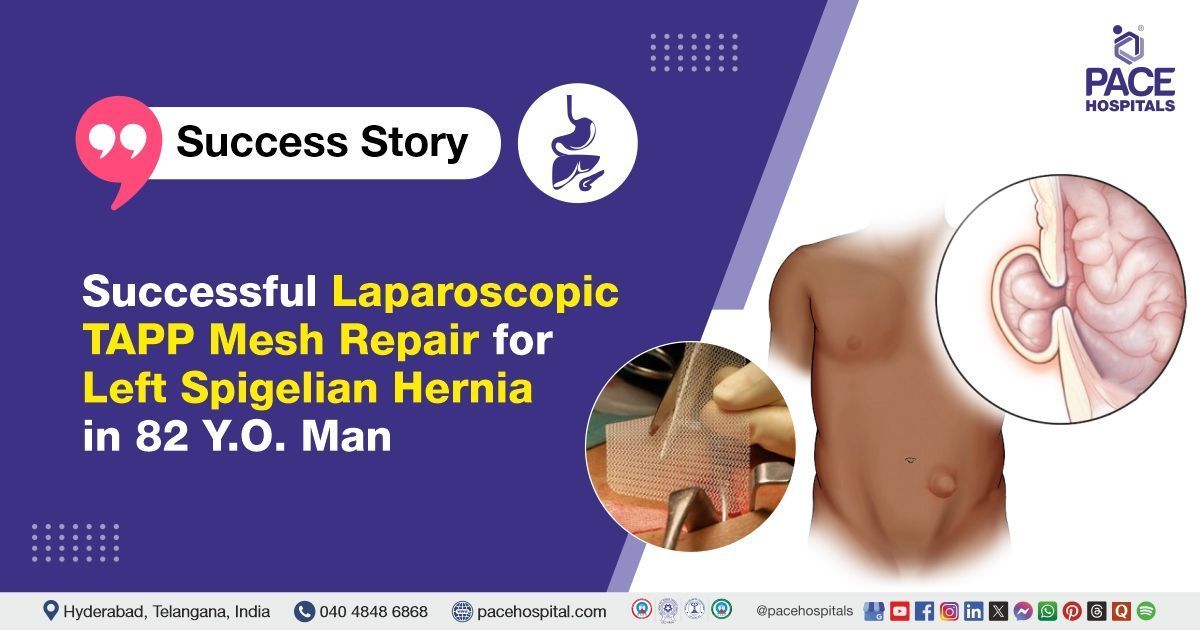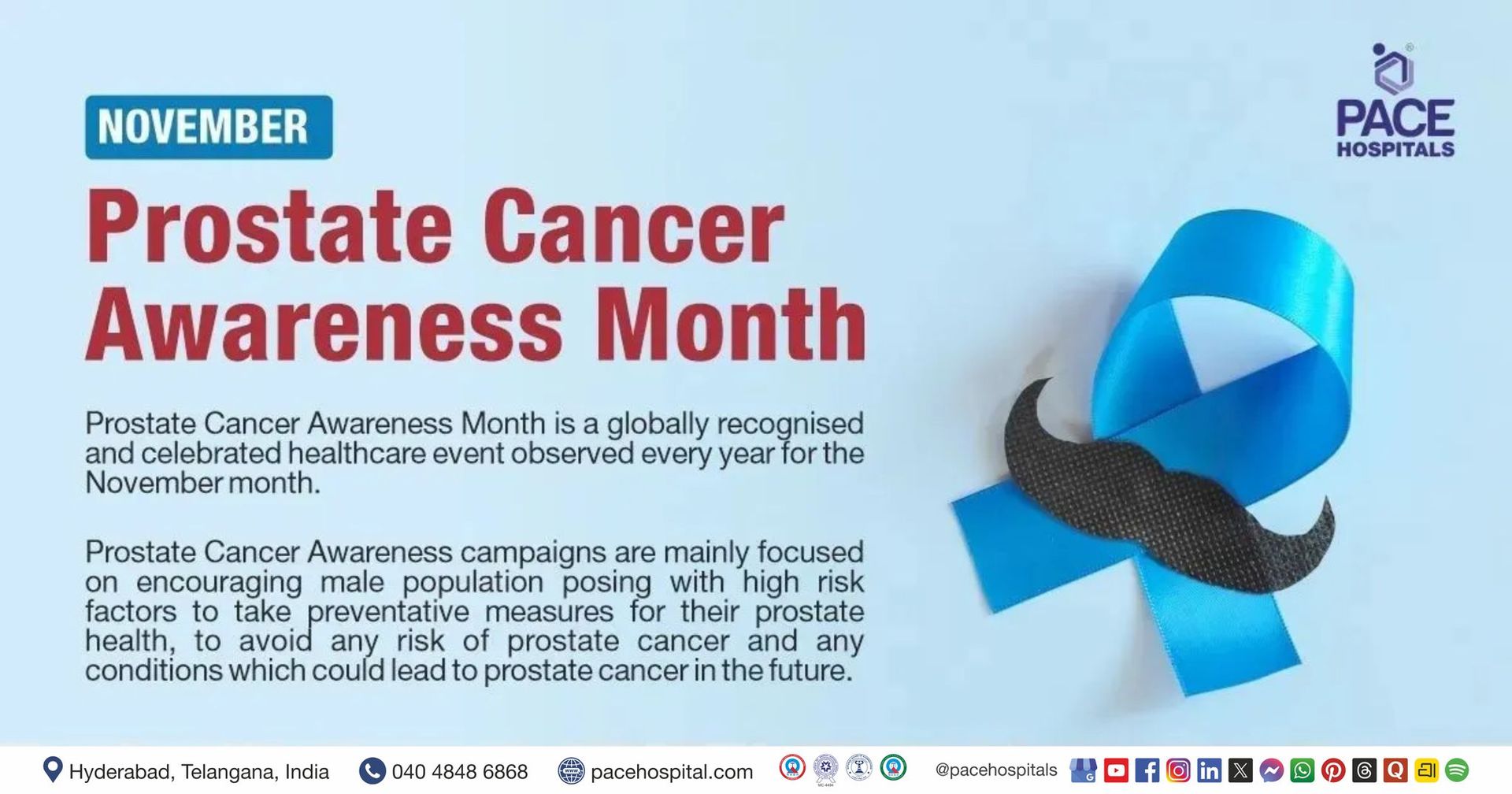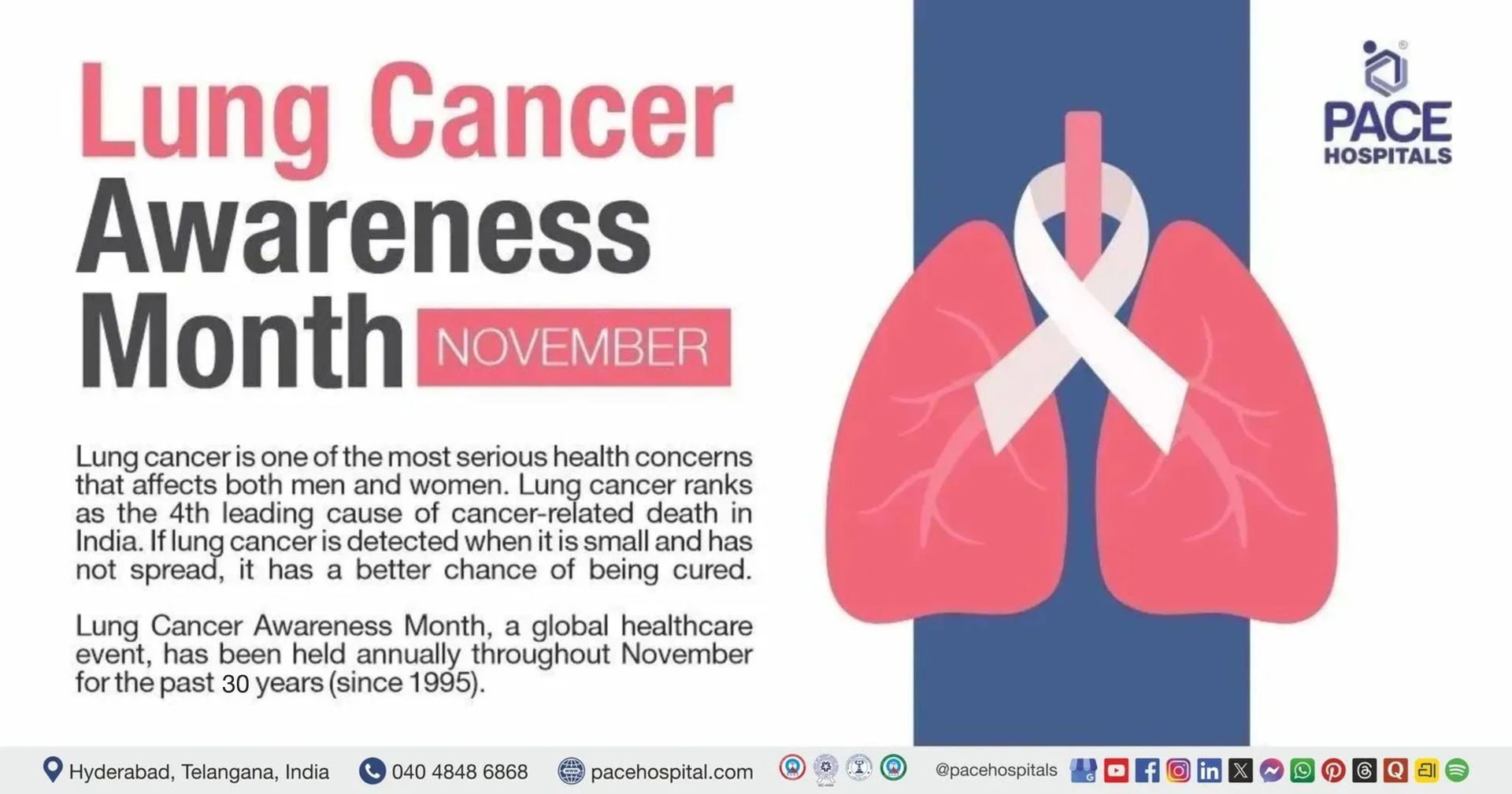Successful Laparoscopic TAPP Mesh Repair for Left Spigelian Hernia in an 82 Y.O. Man
PACE Hospitals
PACE Hospitals' expert Surgical Gastroenterology team successfully performed a ventral transabdominal pre-peritoneal (T.A.P.P) mesh repair surgery on an 82-year-old male patient diagnosed with a left spigelian hernia. The patient had been experiencing pain and swelling in the left iliac (lower abdominal)region for the past two months. The procedure was performed to relieve his symptoms, promote functional recovery, and improve his overall quality of life.
Chief Complaints
A 82-year-old male patient with a
body mass index (BMI) of 23 presented to the Surgical Gastroenterology Department at
PACE Hospitals, Hitech City, Hyderabad, with the complaints of pain and swelling in the left iliac region for the past two months.
Past Medical History
The patient was a known case of
hypertension, well-managed on regular medication, and had a significant surgical history of open mesh repair for a right
inguinal hernia 15 years ago and a left
inguinal hernia 2 years ago. These prior surgeries indicated a predisposition to hernia formation, which was relevant to the diagnosis and management of his current spigelian hernia.
On Examination
On physical examination, the patient was alert, oriented, and hemodynamically stable. Vital signs were within normal limits. Local examination of the left lower abdomen revealed a visible and palpable swelling in the left iliac region, which became more prominent on coughing or straining. The swelling was soft, reducible, and non-tender. No other hernias were detected on systemic examinations.
Cardiovascular and respiratory examinations were normal, and abdominal examination showed no organomegaly or signs of peritonitis.
Diagnosis
The patient initially underwent a comprehensive clinical assessment at PACE Hospitals, which included a detailed history and physical examination by the surgical gastroenterology team. During the evaluation, it was found that the patient had been diagnosed with a left Spigelian hernia.
To support clinical findings, lab tests, ultrasound imaging, and CT scans were performed, which confirmed the diagnosis of a left Spigelian hernia. These radiological results correlated with the patient’s symptoms and confirmed the provisional diagnosis, helping the team plan the appropriate surgical intervention.
Based on the confirmed diagnosis, he was advised to undergo
left Spigelian hernia treatment in Hyderabad, India, under the care of the Surgical Gastroenterology Department, ensuring comprehensive management.
Medical Decision Making (MDM)
After a thorough consultation with Dr. Madhusudhan, surgical gastroenterologist and cross consultations with Dr. Seshi Vardhan Janjirala, consultant cardiologist, a comprehensive evaluation was carried out to determine the most appropriate diagnostic and therapeutic approach for the patient.
The patient and his family were thoroughly counselled regarding the nature of the condition, the surgical procedure, potential risks, and the necessity of a ventral transabdominal pre-peritoneal (T.A.P.P.) mesh repair surgery to restore function and promote optimal recovery.
Surgical Procedure
Following the decision, the patient was scheduled to undergo a ventral transabdominal pre-peritoneal (T.A.P.P.) mesh repair Surgery in Hyderabad at PACE Hospitals, under the supervision of an expert in the Surgical Gastroenterology Department.
The following steps were carried out during the procedure:
- Preoperative Preparation: With due consent and pre-anesthetic clearance (PAC), the patient was prepared and taken up for ventral T.A.P.P. (Transabdominal Pre-Peritoneal Mesh Repair) surgery.
- Laparoscopic Exploration: Laparoscopy revealed a small interparietal hernia defect measuring approximately 3 x 2 cm in the left iliac region, located just above the anterior superior iliac spine (ASIS), containing pre-peritoneal fat.
- Raising the Peritoneal Flap: A peritoneal flap was carefully raised about 4 cm above the hernia defect to expose the site for repair.
- Dissection and Reduction: The hernia sac and its contents were meticulously dissected and reduced back into the abdominal cavity.
- Defect Closure: The defect in the abdominal wall was closed using a continuous V-Loc suture technique.
- Mesh Placement and Fixation: A 15 x 15 cm Prolene mesh was placed over the closed defect and secured in position using 2-0 Vicryl sutures.
- Closure of Peritoneal Flap: Finally, the peritoneal flap was closed in a continuous fashion using 2-0 Vicryl sutures, completing the surgical repair.
Postoperative Care
The procedure was uneventful, and the patient’s postoperative recovery was satisfactory. During his hospital stay, he was treated with intravenous fluids, antibiotics, analgesics, and other supportive medications. The patient was discharged in a hemodynamically stable condition with the following instructions.
Discharge Medication
Upon discharge, the patient was prescribed oral antibiotics to prevent postoperative infections, proton pump inhibitors to reduce gastric acidity and protect the gastrointestinal tract, analgesics to manage pain, laxatives to ensure smooth bowel movements, multivitamins to aid nutritional support, and other supportive medications to promote overall healing and recovery.
Advice on Discharge
The patient was advised to continue his previously prescribed medications. He was also instructed to follow a normal, balanced diet to support recovery and maintain overall health.
Emergency Care
The patient was informed to contact the emergency ward at PACE Hospitals in the event of any emergency or the development of symptoms such as fever, abdominal pain, or vomiting.
Review and Follow-up
The patient was advised to return for a follow-up consultation with the Surgical Gastroenterologist in Hyderabad at PACE Hospitals, after 5 days for further evaluation.
Conclusion
This case demonstrated the effectiveness of ventral T.A.P.P. (Transabdominal Pre-Peritoneal Mesh Repair) as a safe and reliable approach for managing a left Spigelian hernia. The procedure allowed successful hernia reduction, defect closure, and mesh reinforcement, with smooth postoperative recovery and minimal risk of complications.
Effectiveness of Laparoscopic Ventral T.A.P.P. Repair in High-Risk Elderly Patients
This case highlights the safety and effectiveness of laparoscopic ventral T.A.P.P. (Transabdominal Pre-Peritoneal Mesh Repair) performed by an experienced surgical gastroenterologist / surgical gastroenterology doctor in managing Spigelian hernias, even in elderly patients with multiple comorbidities and prior abdominal surgeries. Despite the patient's advanced age and complex surgical history, the minimally invasive approach allowed for precise defect closure, mesh reinforcement, and smooth postoperative recovery. This underscores the viability of laparoscopic T.A.P.P. as a preferred technique for hernia repair in high-risk surgical candidates, emphasizing the importance of individualized surgical planning and multidisciplinary care in optimizing patient outcomes.
Share on
Request an appointment
Fill in the appointment form or call us instantly to book a confirmed appointment with our super specialist at 04048486868











